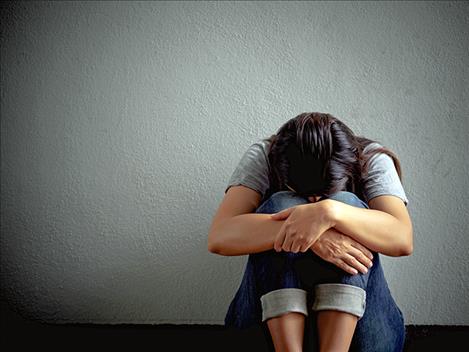Risky teen behavior report indicates some positive trends, increased mental health issues
Hey savvy news reader! Thanks for choosing local.
You are now reading
1 of 3 free articles.
Submission from the Montana Office of Public Instruction
HELENA—The Montana high school results from the 2017 Youth Risk Behavior Survey have been released today by the Montana Office of Public Instruction and the U.S. Centers for Disease Control and Prevention. The biennial survey, conducted in February, provides student data for health risks associated with unintentional injury and violence, including suicide ideation, tobacco use, alcohol and other drug use, sexual behaviors, nutrition and dietary behaviors and physical activity; behaviors which have been shown to result in increased rates of morbidity or mortality.
After reviewing the results, Superintendent Arntzen stressed the importance of communities using their local data to positively serve their students:
“As a mother, grandmother, and teacher, I am encouraged that in many areas more Montana students are making healthy and safe decisions, however, more emphasis is needed on positive mental health. I urge local schools, communities, and parents to use this information to promote health, well-being, and success for our most precious treasures, our students,” Arntzen said Wednesday.
Compared to 2015 survey results, the 2017 results show statistical differences in the following areas:
19.8 percent of students rode with a driver who had been drinking alcohol*; a decrease from 23.0 percent in 2015
Of students who drove a car*, 7.6 percent drove while they had been drinking alcohol; a decrease from 10.9 percent in 2015
8.5 percent of students carried a weapon on school property*; a decrease from 10.6 percent in 2015
8.0 percent of students did not go to school because they felt unsafe at school or on their way to or from school*; an increase from 5.0 percent in 2015
6.5 percent of students who dated in the past 12 months, experienced sexual dating violence; a decrease from 10.0 percent in 2015
21.6 percent of students were bullied on school property during the past 12 months; a decrease from 25.3 percent in 2015
33.9 percent of students had tried cigarette smoking; down from 39.1 percent in 2015
46.6 percent of students had ever used electronic vapor products (e.g., e-cigarettes); down from 51.1 percent in 2015
22.5 percent of students currently* use electronic vapor products; down from 29.5 percent in 2015
Of students who currently* drink, 40.1 percent of students got the alcohol from someone giving it to them; an increase from 34.9 percent in 2015
26.9 percent of students did not drink a 100 percent fruit juice during the past 7 days; an increase from 24.2 percent in 2015
25.2 percent of students ate fruit or drank 100 percent fruit juice two or more times per day; a decrease from 27.5 percent in 2015
62.7 percent of students ate vegetables daily; a decrease from 66.0 percent in 2015
19.0 percent of students did not drink milk during the past 7 days; an increase from 15.8 percent in 2015
*During the past 30 days
A new question on the survey this year found that 16.3 percent of students had had a concussion during the past 12 months from playing a sport or being physically active (19.3 percent males, 13.1 percent females).
The 2017 survey also found that 31.0 percent of students felt so sad or hopeless for 2 weeks or more that they stopped doing usual activities, 20.8 percent seriously considered attempting suicide, 16.6 percent made a plan about how they would attempt suicide, and 9.5 percent actually attempted suicide. Of those students who had a suicide attempt, 33.6 percent resulted in an injury, poisoning, or overdose that had to be treated by a doctor or nurse.
Susan Court, the State Coordinator for the Youth Risk Behavior Survey, summarized the results:
“Overall, the 2017 Montana YRBS findings report that most Montana high school students are making good choices about behaviors that affect their health and well-being. The trends show us that fewer students are using alcohol, tobacco products and participating in risky driving behaviors than in previous years. However, more students are reporting sad or hopeless feelings and are considering, planning, and attempting suicide. Far more important is the fact that these aren’t just numbers or percentages but are the young people in our towns and schools,” Court said Wednesday.
The 2017 Report can be found on the OPI’s website: http://www.opi.mt.gov/pdf/YRBS/17/17MT_YRBS FullReport.pdf.
















